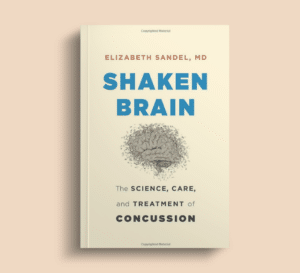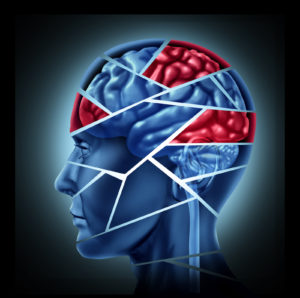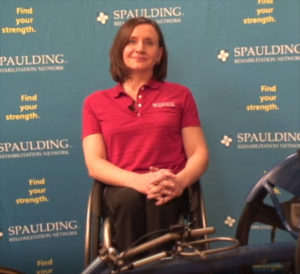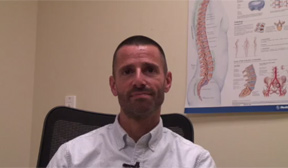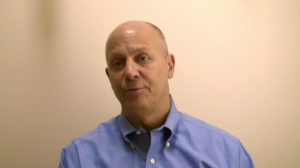Can We Adequately Treat Concussion?

Every 13 seconds someone in the U.S. sustains a traumatic brain injury (TBI); for decades, the Centers for Disease Control and Prevention (CDC) has reported this grim statistic. But the message has failed to sink in—with policymakers, with the public, and with physicians and other health care providers. Training sufficient numbers of experts in brain injury medicine and rehabilitation has never been a priority.
The sobering truth is that relatively few physicians and other health care providers have dedicated their practices to treating people with brain injuries. Beyond the emergency room, hospital, or trauma center, there is inconsistent diagnosis and treatment for these patients.
For decades, a relatively small group of physicians and rehabilitation providers working through their professional organizations, and through advocacy groups such as the Brain Injury Association of America, have been shining a light on the unmet needs of people living with brain injuries. Finally, in 2011, their perseverance paid off when the American Board of Medical Specialties officially recognized the field of brain injury medicine (BIM), approving the application co-sponsored by the American Board of Physical Medicine and Rehabilitation and the American Board of Psychiatry and Neurology.
In November 2014, 321 physicians in physical medicine and rehabilitation, neurology, and psychiatry earned the first certifications in BIM. The examination for board certification in BIM was just repeated in the fall of 2016. But the total number of BIM certified physicians is still quite low – – only 528.
By comparison, the National Cancer Institute reports the 2014 cancer incidence at slightly below 1.7 million while the CDC’s 2010 report of 2.5 million brain injuries of all severities. (Or, consider the higher CDC estimate of 1.6-3.8 million concussions from sports and recreational activities alone). Among health care providers treating people in the U.S. with cancer are some 11,905 oncologists, according to the American Society of Clinical Oncologists (ASCO). Interestingly, while incidences of cancer are declining, the ASCO is predicting a shortage of oncologists by 2020 in its recent workforce study.
So, how can we expect to adequately treat the increasing numbers of people who suffer brain injuries through all of the human activities that put them at risk? Simply put, with the current attention given to the condition, we can’t. We cannot meet the care needs of people with brain injuries with the current cadre of physicians and other health care providers. Nor will we be able to anytime soon.
To increase the workforce, we must develop a national plan to train and deploy enough experts to provide this essential care to all age groups. Further funding for training in the primary specialty of physical medicine and rehabilitation is required to increase the number of specialists in BIM. Until then, the numbers simply won’t add up.
You Might Also Like
What’s It Like to Have a Brain Injury?
Stories of people who experience a traumatic brain injury can help to support and educate others. Seth had a protracted recovery, but ultimately a good one. (2 parts)
Concussion in ParaSport
Dr. Cheri Baluwet, a Paralympic athlete, physiatrist and sports medicine physician, has insights on concussion in Paralympic sports, and the differences in evaluation, prevention, and management for these elite athletes.
Concussion in Youth Sports
Dr. Andrew Judelson, a physiatrist and sports medicine physician at Spaulding Rehabilitation Hospital, discusses sports-related concussion evaluation and treatment at his outpatient clinic on Cape Cod.
Managing Concussion-Related Pain
Dr. Steven Moskowitz is a physiatrist specializing in pain management. He discusses the various painful conditions, including neck pain and headaches, that occur at high frequency after concussion and related trauma. He advocates for a biopsychosocial approach to the evaluation and treatment of these conditions.
The Post-Concussion Syndrome
Physiatrist Dr. Mel Glenn discusses the evaluation of the many symptoms that are part of a chronic condition called post-concussion syndrome or disorder that occurs in some patients after a concussion. He offers advice on the treatment of headaches, sleep disturbances, and other conditions.
Workers with Concussions
Dr. Maureen Miner is a physiatrist and an expert in brain injury medicine. She discusses her approach to patients with concussion and more severe brain injuries who need specialty care and referral to other specialists for evaluation and treatment.
Keep up to date
Get updates on the latest in concussion, brain health, and science-related tools from Dr. Elizabeth Sandel, M.D.
By clicking SIGN UP, you agree to receive emails from Dr. Sandel and agree to our terms of use and privacy policy.
Get the book!
